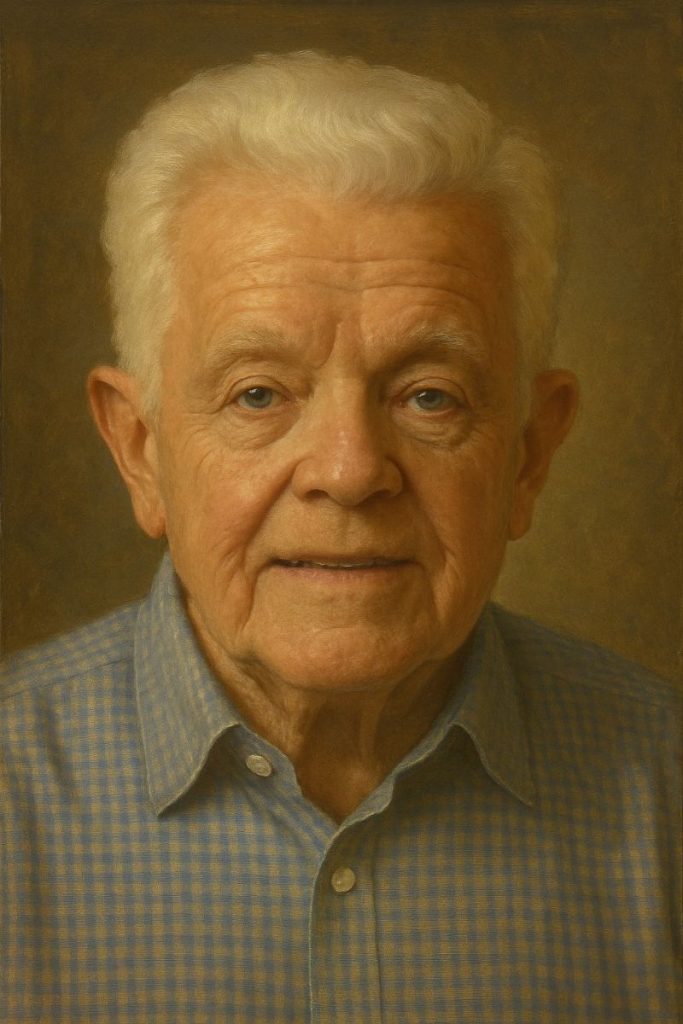Norway Maple woes: Why it should be on your Do Not Plant list

MACOMB, Ill. — We are stuck with the trees planted by those who came before us. At least I am at my house. Mostly because they are so expensive to cut down. One species I am left dealing with is Norway maple (Acer platinoides).
Am I referring to the maple with purple leaves? Yes, that maple. The original species of Norway maple has green leaves, but it’s purple-leafed cultivar ‘Crimson King’ was so popular around the end of the 20th century, that many people assumed Norway maple was only purple.
In my yard, I am stuck with two Crimson King Norway maples. Norway maples have lots of problems. And though I am not a fan of this tree, it is common for me to be helping others troubleshoot their Norway maple issues. Let’s review some reasons Norway maple is on my “do not plant list.”
It has a lousy root system. While not entirely the tree’s fault, genetics does deserve some blame. Norway maple is after all a maple. Maple trees are notorious for surface roots creating bumpy lawns and busted patios. But what often leads to a Norway maple’s demise are girdling roots. When I inspect an ailing Norway maple, these circling roots that slowly strangle the trunk are almost expected.
Scorched leaves. Norway maple is native to the northern climate of Europe, not the sun-blasted prairies of Illinois. It is quite common for Norway maple leaves to suffer from sun scorch during hot, dry weather. Crispy leaves will fall from the tree which crunch into a thousand pieces in your hand. While sun scorch won’t kill Norway maple, it is a sign this tree does not like our climate.
Diseased leaves. A disease that seems to pop up every year for Norway maple is a foliar fungal pathogen called anthracnose. This disease infects leaves during cool wet spring weather. The tree will drop the diseased leaves and flush out with new growth. A healthy tree is unaffected by anthracnose, and most Norway maples handle the disease without issue. Can I use this as an excuse not to plant Norway maple? Today I am.
Diseased trees. Second to girdling roots, a huge issue I encounter with Norway maple is a disease that infects the entire tree called verticillium wilt. This soil-borne fungus frequently appears on Norway maple even though many different tree species are susceptible to infection. Why this seems to be a chronic issue for Norway maple likely ties back to stresses caused by its poor adaptability to the Illinois climate. This disease infects the root system which causes sections of the canopy to die over time. Very often this disease is fatal for Norway maple.
My last reason why not to plant Norway maple is this plant is aggressively invading our Illinois forests. In the woods behind my house, I routinely see and pull Norway maple seedlings. Spotting them can be tricky as the progeny from the purple-leafed maples revert to green leaves.
Now you know some of the reasons why Norway maple is on my “do not plant” list. If you are a fan of these purple monsters, rest assured I will still assist you in determining what’s wrong with your Norway maple.
But I don’t have to like it.
Miss Clipping Out Stories to Save for Later?
Click the Purchase Story button below to order a print of this story. We will print it for you on matte photo paper to keep forever.

